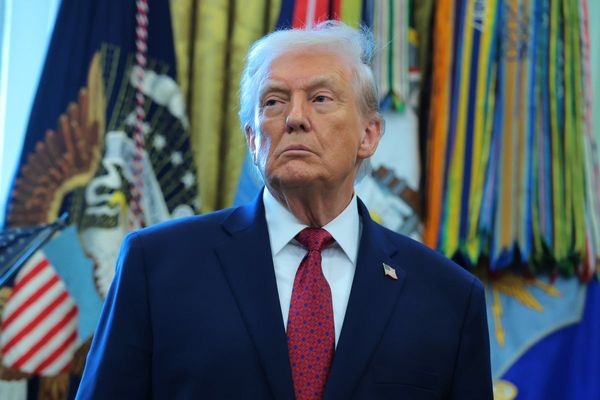On April 12, 1995, a padded envelope marked “VIDEOTAPE!” with no return address landed on the desk of a Disneyland executive secretary working in the security office of the Southern California theme park.
The secretary was the first person to view the ominous contents of the 8-minute and 51-second video. It depicted an anonymous person in rubber gloves handling unidentified vials of liquid.
At select moments, the VHS was captioned: “DEAD GUEST” and “NERVE GAS.”
Alarmed, the secretary removed the tape from the VHS player with a Kleenex, taking care not to remove any potential fingerprints, and showed it to the security manager. The FBI, Anaheim Police Department and Orange County bomb squad were called in to investigate but the details remained unclear, and conflicting statements from officials at the time only muddied the waters.
U.S. military troops, public health officials and federal agents all swooped down on Disneyland that Easter weekend in anticipation of a possible attack.
Now, more than 30 years on, the FBI has released never-before-seen documents in the counter-terrorism investigation relating to the videotaped threat, launched during the height of panic surrounding a Japanese doomsday cult, according to records obtained by News6 Orlando.
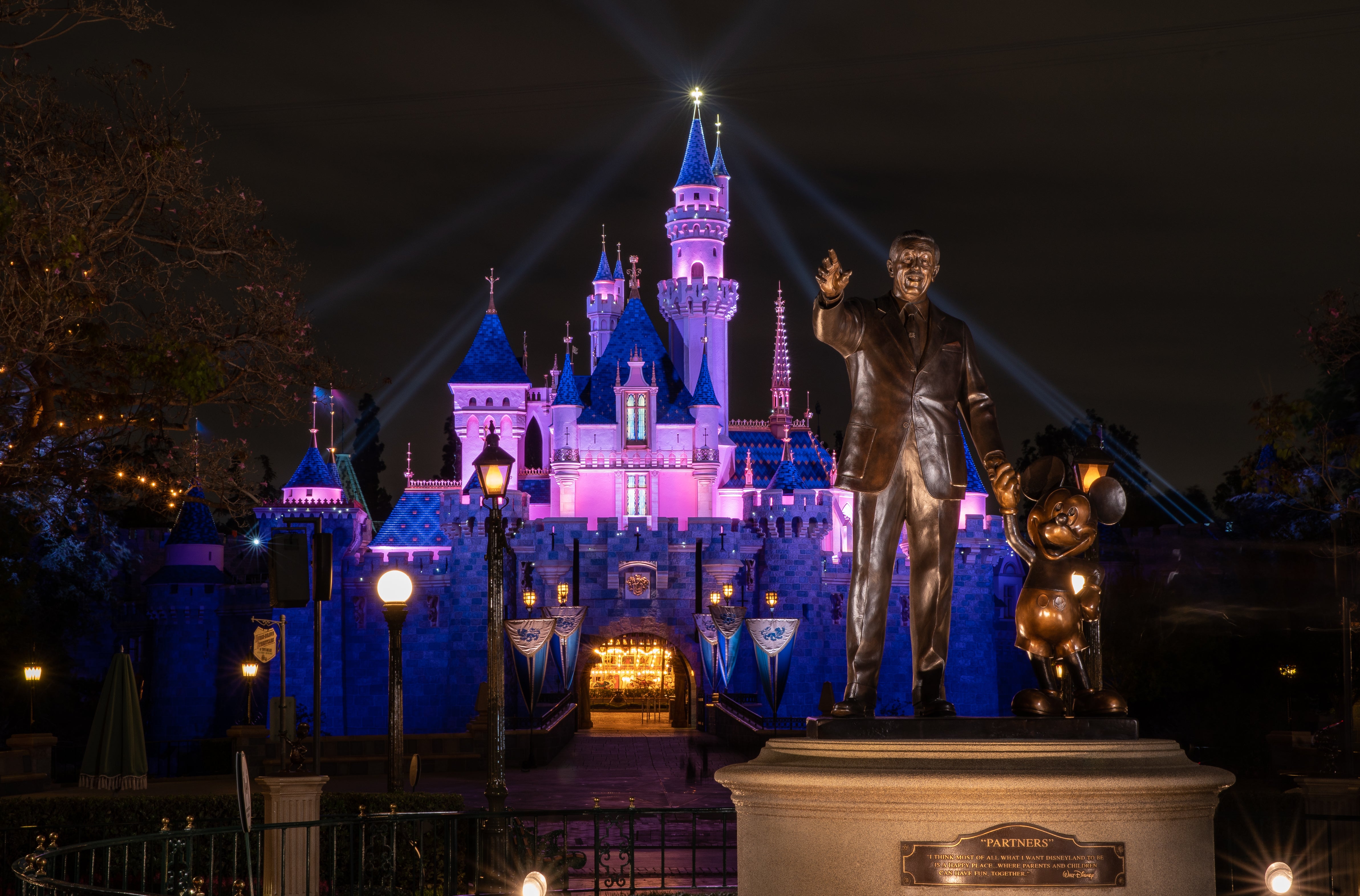
Tensions were especially high around that time because the Oklahoma City bombing took place five days after the videotape threat on April 19.
Three weeks before the tape arrived at Disneyland’s security division, the Aum Shinrikyo cult unleashed the deadly nerve agent Sarin on commuters in Tokyo. The attack on the city’s subway system killed 13 people and triggered law enforcement around the world to be on high alert.
Details of the mysterious Disneyland case have largely remained under wraps, though internet sleuths have come close to piecing it together.
The FBI this week released documents to News6, four years on from the outlet’s submission of a Freedom of Information request, that sheds light on the threat at Disneyland that week.
A disturbing VHS tape
The videotape that sparked the response opened with an unknown figure behind the camera filming a newspaper cutting from the Orange County Register dated April 1, 1995. The report was headlined: “Man charged with spraying irritant in Disneyland” and detailed an incident that month where a 21-year-old man allegedly sprayed a noxious substance that made 33 people sick in the Space Mountain ride.
“GOOD BOY!” said the caption on the videotape and honed in on the newspaper article about the incident.
The camera then panned to a table of old black and white photographs of unknown people, captioned: “DEAD GUEST” before the screen cut to black. The words “NERVE GAS” then appeared.
In the next section, the camera panned to what appears to be a makeshift chemical lab. On the table was a pair of tongs, an aluminium pot and bottles containing liquid.
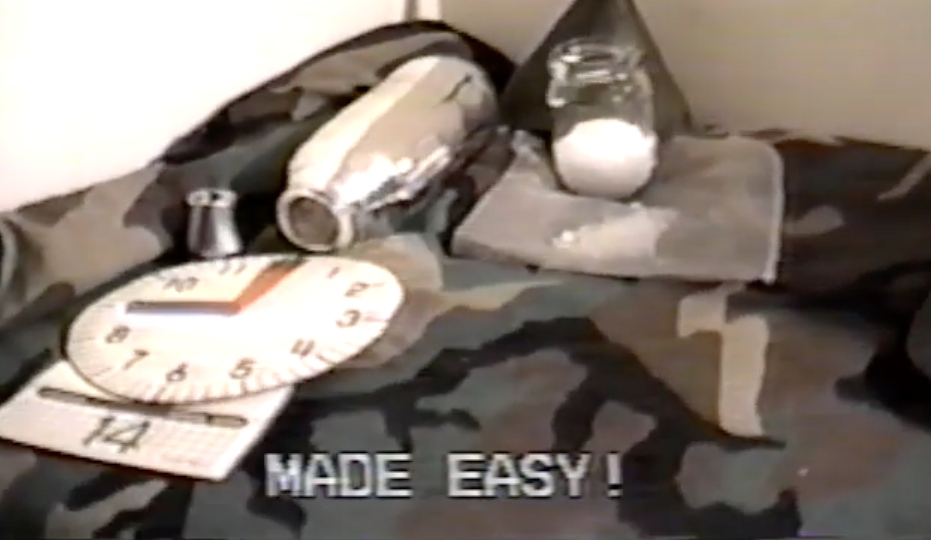
To the left, there was a clock pointing to the number “9” and the date underneath—April 14, 1995, just two days after the tape arrived at Disneyland.
A gloved hand then reached for a black container of clear solution which the anonymous figure poured onto a plastic tray. They then used the tongs to reach into the aluminium pot and pulled out glass pots of a pink-colored liquid.
The camera cut away to the next sequence inside a refrigerator, where it focused on what appeared to be a yellow container of antifreeze. There were other unknown items in the fridge wrapped in tin foil, which the gloved hand picked up before setting it back down again.
Toward the end, there is a shot filmed from a motel across the street from Disneyland, panning to where the parking lot used to be. The words “DEAD GUEST” appeared again on the screen, before the video cut to black.
A Spanish TV show from the 1990s then played at the end and it is not known whether this is what was originally on the tape before someone recorded over it.
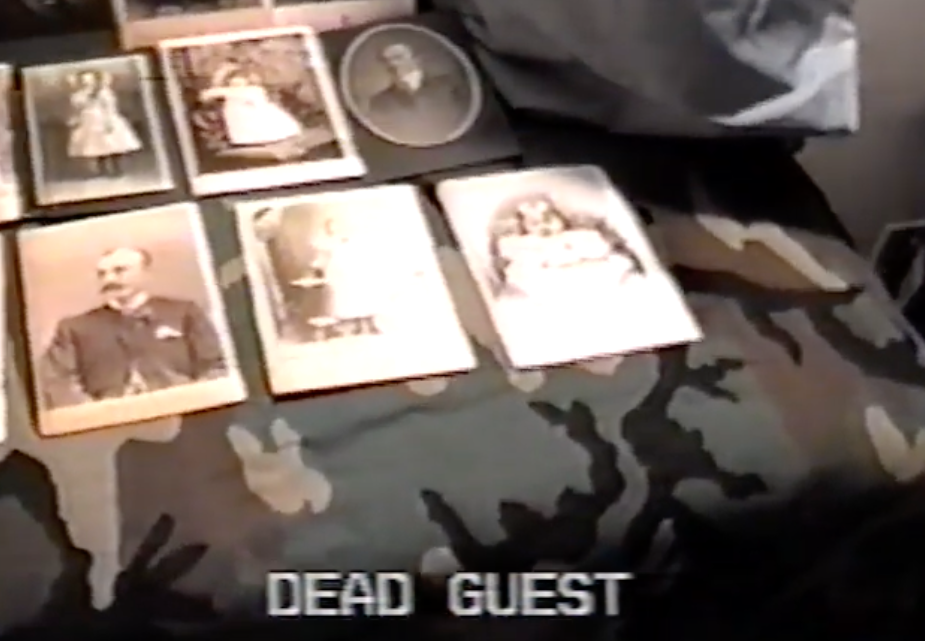
VHS collector discovers the tape in a Portland Goodwill thrift store
The FBI has only just released the tape to News6 but, remarkably, a VHS collector stumbled upon it while looking through a Goodwill thrift store in Portland, Oregon, in 2019.
Todd Werkhoven collects old videos that have “otherwise been lost to time” but was stunned when he watched the contents of this particular tape. He uploaded it to his YouTube channel.
“Of all the haunted VHS tapes I've ever found, this one is the most haunted,” he wrote, and asked internet sleuths to help him solve the mystery.
The name “Jerry Hill” was scrawled in handwriting on the tape, along with the printed label: 199M–NY–252958.
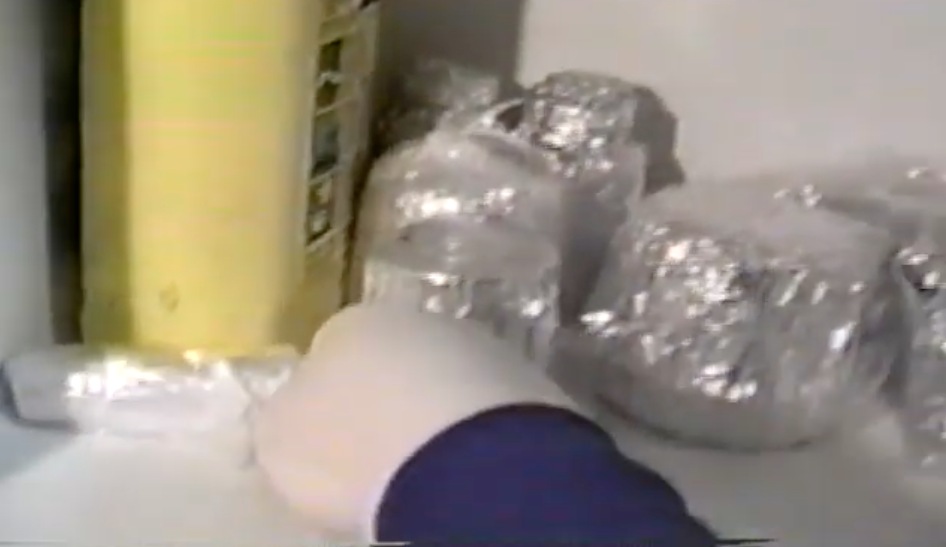
The “199” number likely refers to the FBI classification “Foreign Counterintelligence-Terrorism,” while “NY” suggests the case was being looked after by the New York field office, the YouTube account Barely Sociable, which features mysterious cases, theorized. The Japanese cult had a base in New York City and the FBI was probing any ties the tape could have had to the group.
A former FBI agent named Jerry Hill worked in the Portland area, according to News6. A relative of the agent’s told the outlet that Hill used to work on terrorism cases and it was “possible” that the tape wound up at the Goodwill store after Hill’s death in 2017.
President Bill Clinton addresses the threat
Conflicting reports and statements given by Disneyland and federal officials at the time added to the confusion in April 1995.
President Bill Clinton also addressed the videotape threat during a White House press conference about the Oklahoma City bombing.
“There was one recent incident with which I was intimately familiar, which involved a quick and secret deployment of a major United States effort of FBI and FEMA and Public Health Service and Army personnel,” Clinton told reporters. “We went to the place, and we were ready. We were ready to try to prevent it. And if it occurred, we were ready to respond.”
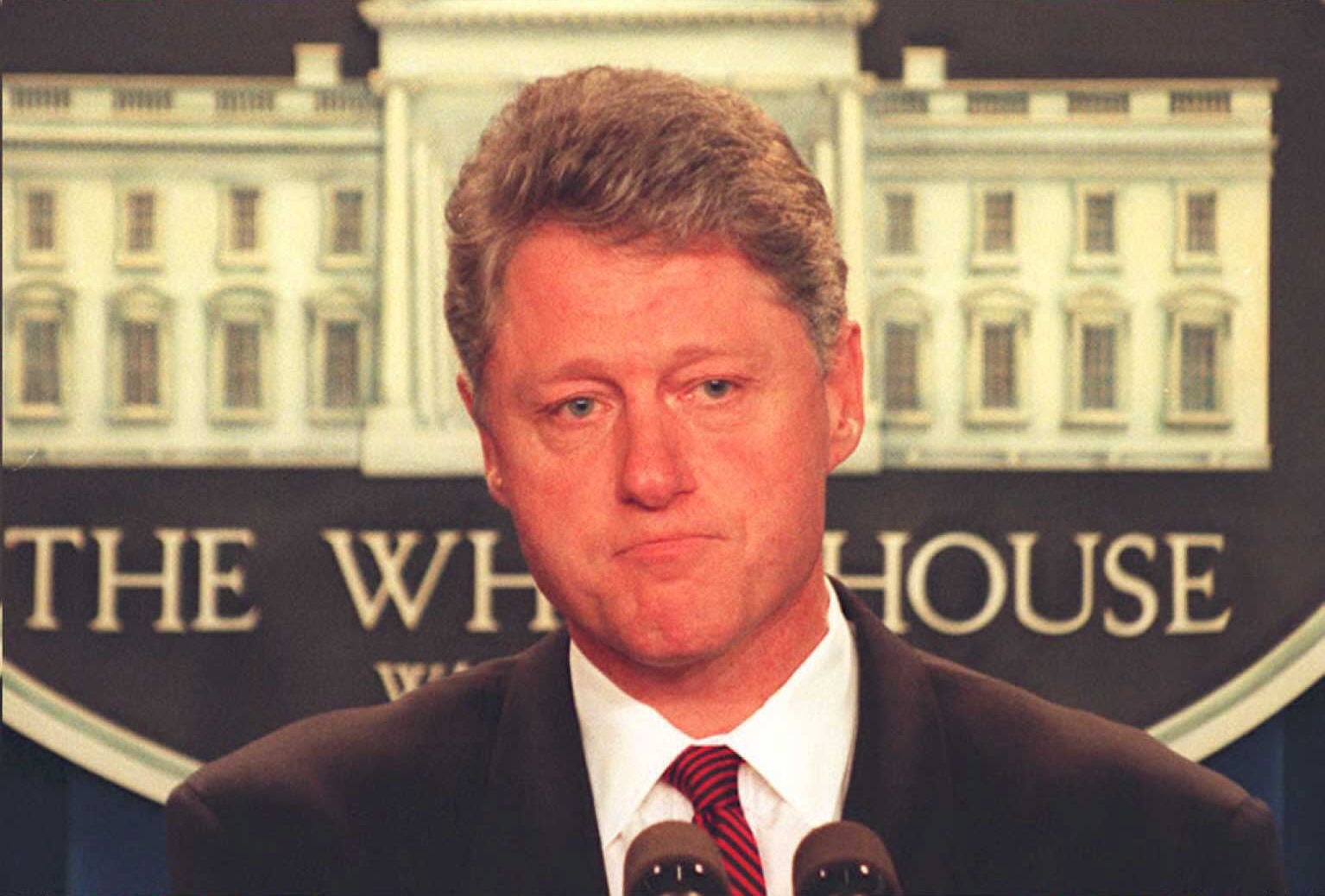
The White House confirmed at the time the president was referring to the Disneyland threat.
A Disneyland spokesman was quoted in a newspaper report saying that the park’s security office received a threat on April 13 that contained a letter and a videotape, showing a man wearing rubber gloves and mixing chemicals. It was implied that a gas attack similar to the one in Tokyo in March could occur at the theme park.
The Justice Department said a few days later that the threat was “a hoax” and the FBI was investigating to find the culprit.
They never found one.
The FBI records seen by News6 showed the U.S. Attorney’s Office closed the case and declined to prosecute due to a lack of evidence.
Fascination with the case, however, continues.


